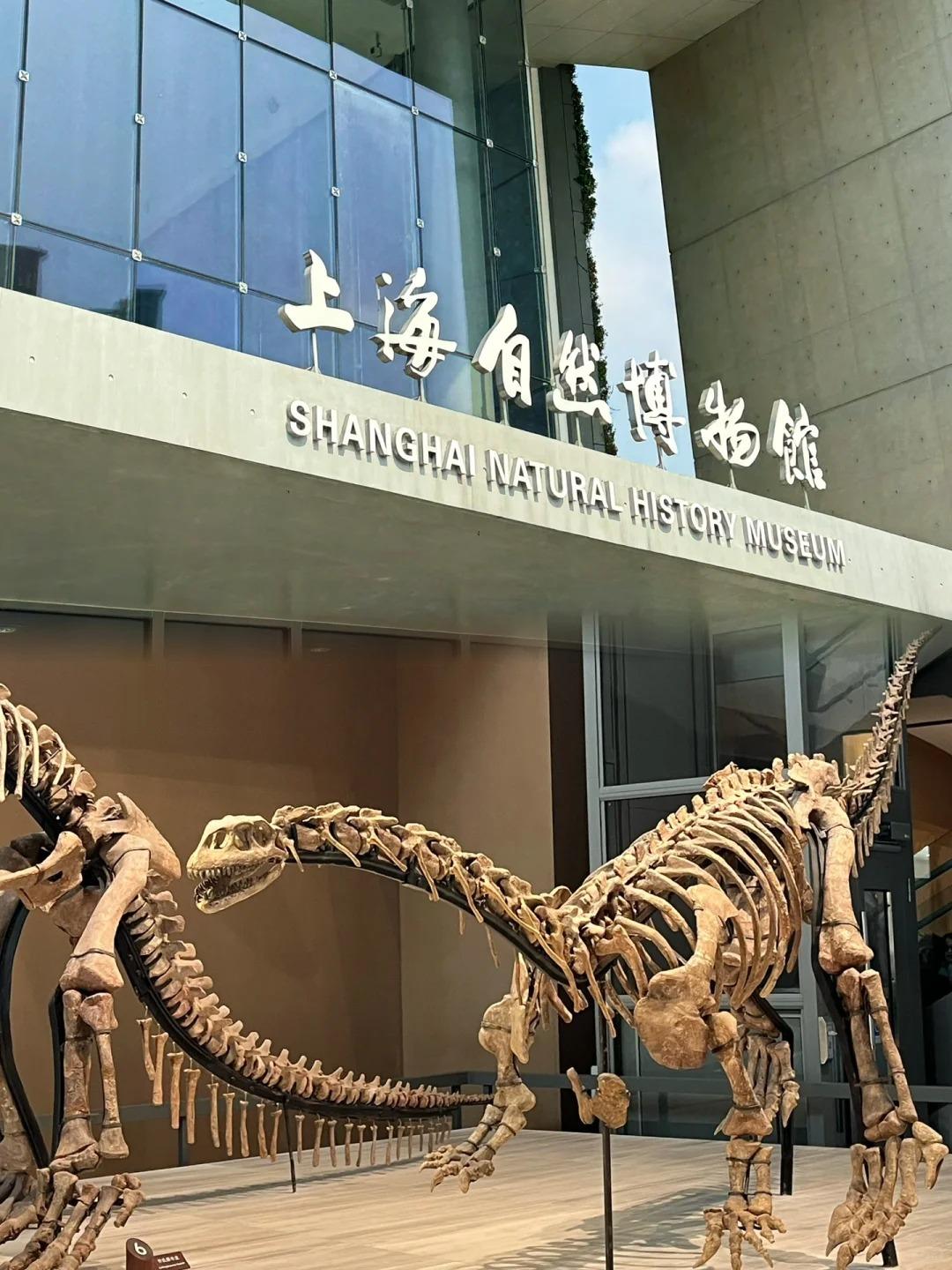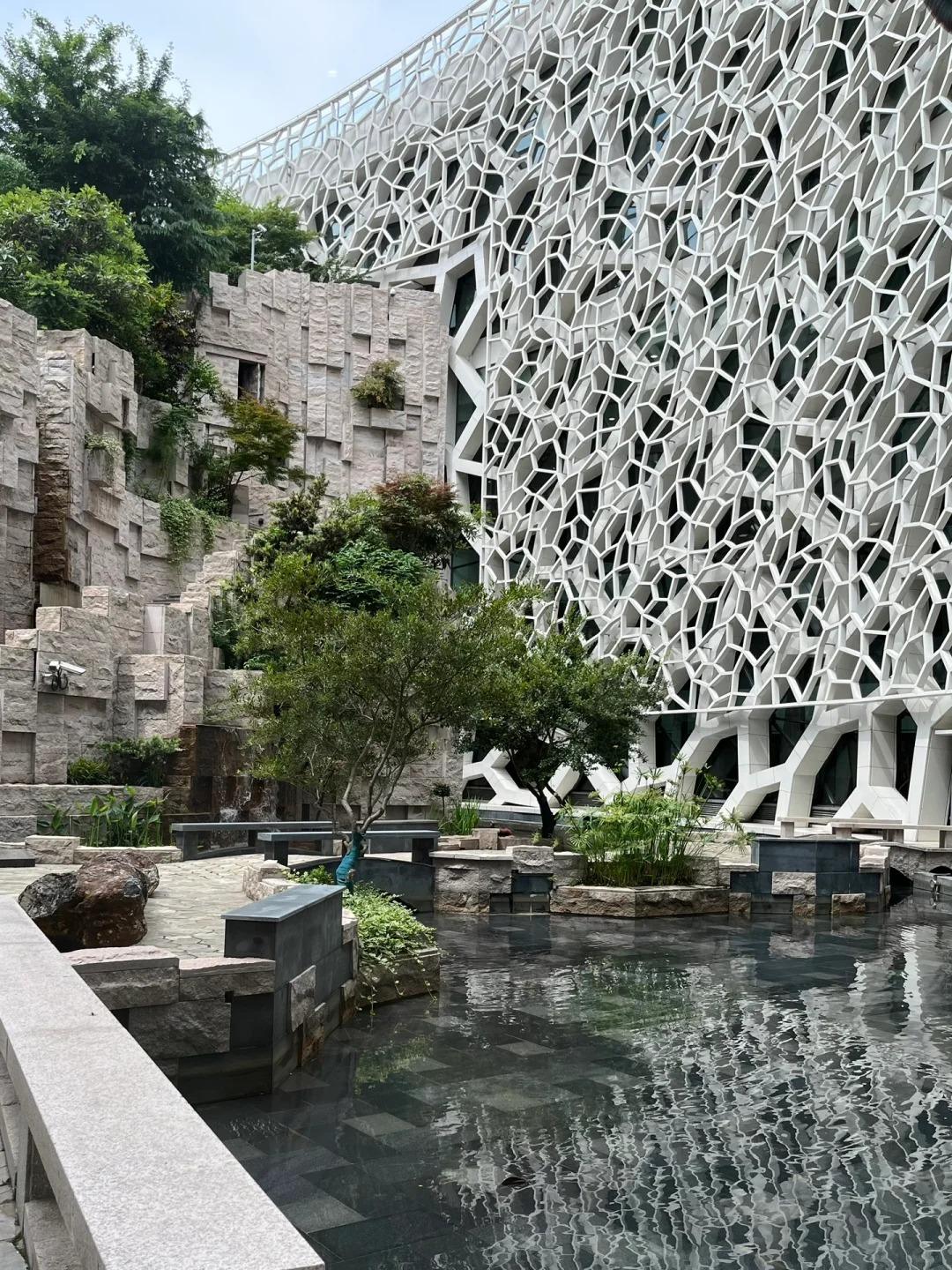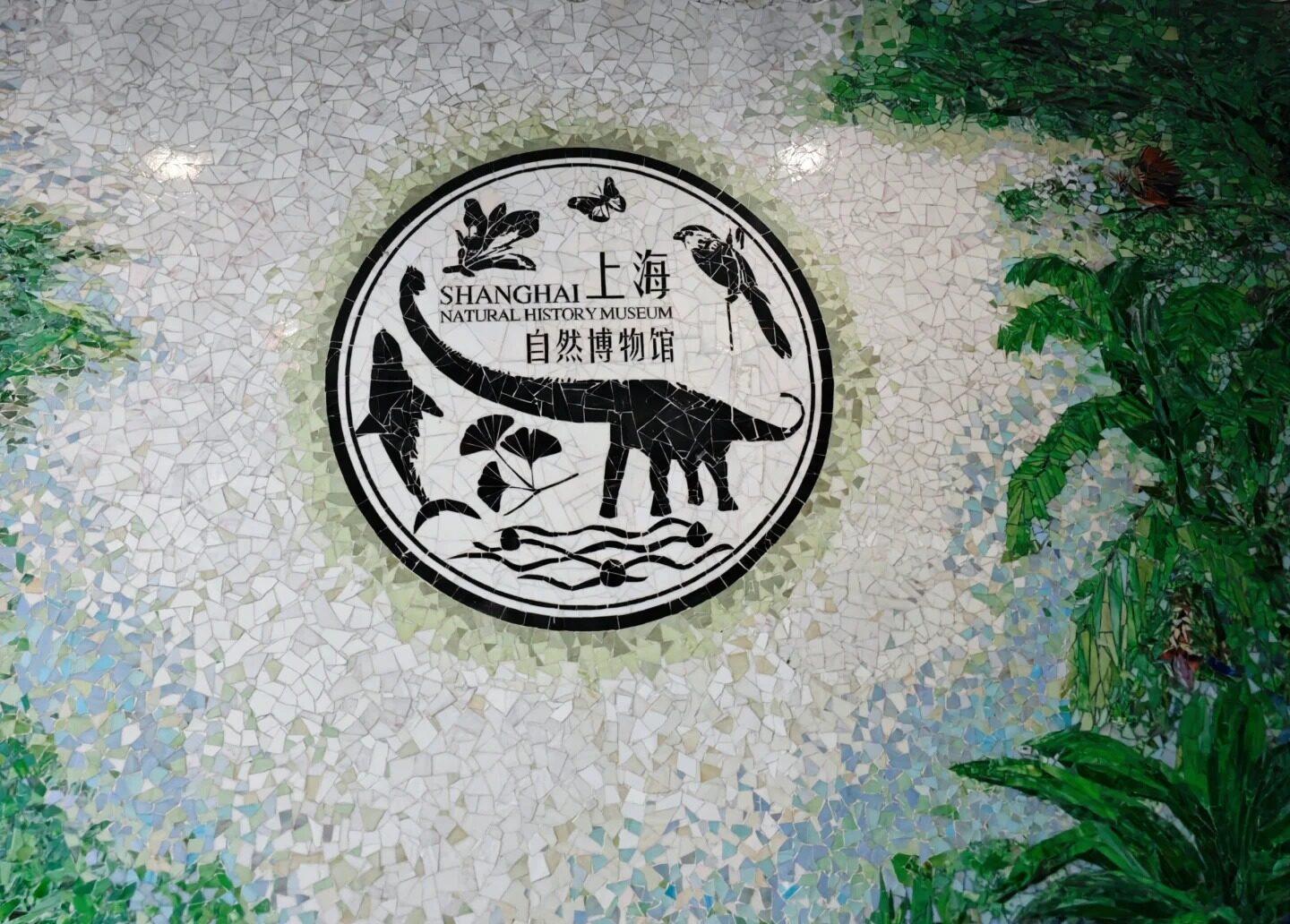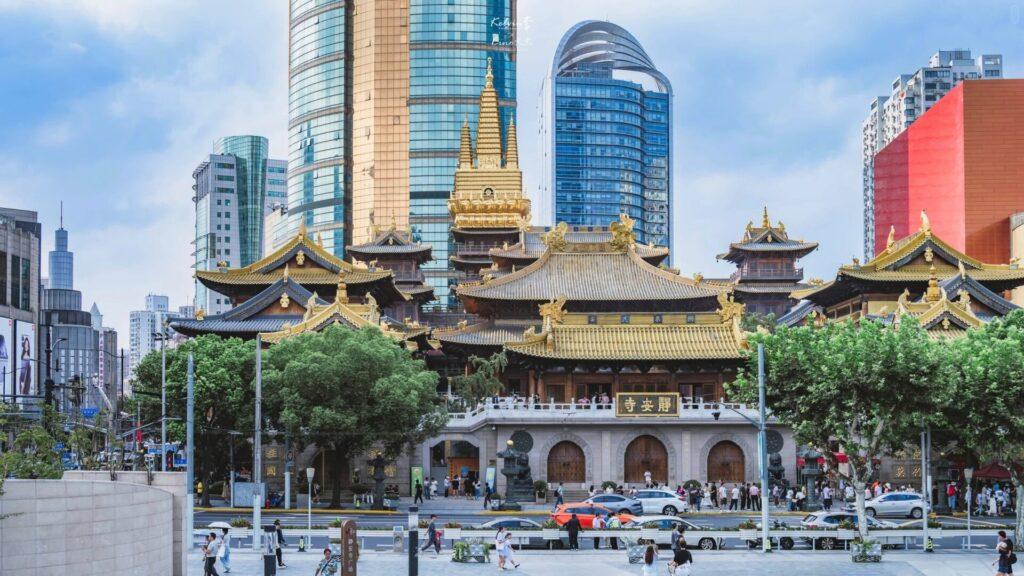Visiting Information
| Information | Details |
|---|---|
| Chinese Name | 上海自然博物馆 (Shànghǎi Zìrán Bówùguǎn) |
| Location and Address | 510 Beijing West Road, Jing’an District, Shanghai, China |
| Opening Time/Hours | Tuesday to Sunday: 9:00 AM – 5:15 PM (Last entry at 4:30 PM) Closed on Mondays (except public holidays) |
| Entrance Fee | Adults: 30 CNY Children (under 1.3m): Free Students and Seniors (with valid ID): 15 CNY |
| How to Get There | By Metro: Line 2 or Line 12 to Jing’an Temple Station, Exit 1 By Bus: Take bus 20, 37, 113, 330, or 910 to Shanghai Natural History Museum Station By Taxi: Easily accessible from anywhere in Shanghai |
| Best Time for Visit | Weekday mornings to avoid crowds; Spring and Autumn for comfortable weather |
| Contact Info | Phone: +86 21 6862 2000 Email: [email protected] |
Overview
The Shanghai Natural History Museum is a state-of-the-art facility dedicated to showcasing the wonders of the natural world. Opened in its current location in 2015, it houses over 240,000 specimens from all seven continents. The museum offers interactive exhibits, multimedia displays, and life-sized models, making it an engaging destination for visitors of all ages interested in nature, evolution, and biodiversity.
Historical Background
The Shanghai Natural History Museum has a rich history dating back to 1868 when it was first established as part of the Royal Asiatic Society. It underwent several relocations and expansions over the years. In 1956, it moved to Yan’an Road, where it remained until 2015. The current building in Jing’an Sculpture Park opened on April 19, 2015, marking a new era for the museum with its modern design and advanced exhibition techniques. This move significantly expanded the museum’s capacity and improved its ability to showcase its vast collection.

Architectural Features
- Bioclimatic Design: The museum’s architecture, designed by Perkins+Will, is inspired by the nautilus shell, symbolizing the evolution of life. The building’s spiral shape not only represents this concept but also maximizes natural light and ventilation, demonstrating a commitment to sustainable design.
- Green Roof: The museum features an extensive green roof that serves multiple purposes. It helps regulate the building’s temperature, reduces energy consumption, and provides a habitat for local flora and fauna, integrating the museum with its natural surroundings.
- Central Atrium: The heart of the museum is a stunning central atrium that rises through all levels of the building. This space is designed to mimic a natural canyon, complete with a “river” running through it, creating a dramatic and immersive entrance experience for visitors.
- Glass Curtain Wall: The building’s exterior features a unique glass curtain wall that mimics the cellular structure of plants and animals. This innovative design not only provides aesthetic appeal but also helps control light and heat entering the building.
- Underground Exhibition Spaces: A significant portion of the museum’s exhibition space is located underground, allowing for better temperature control and preservation of sensitive exhibits while maximizing the aboveground space for the park setting.
Cultural Importance
The Shanghai Natural History Museum plays a crucial role in promoting scientific education and environmental awareness in China. It serves as a bridge between scientific research and public understanding, making complex natural phenomena accessible to the general public. The museum’s focus on biodiversity and evolution helps visitors understand the interconnectedness of life on Earth and the importance of conservation. By showcasing both global and local natural history, the museum also contributes to preserving and promoting awareness of China’s rich natural heritage.
Surrounding Attractions
- Jing’an Sculpture Park: The museum is located within this beautiful urban park, which features a variety of modern sculptures. It’s an ideal place for a leisurely stroll before or after visiting the museum, offering a blend of art and nature.
- Jing’an Temple: Just a short walk from the museum, this ancient Buddhist temple provides a striking contrast to the modern museum building. It offers visitors a glimpse into traditional Chinese architecture and religious practices.
- Nanjing Road: One of Shanghai’s most famous shopping streets is within walking distance. It offers a wide range of shopping and dining options, from local street food to international luxury brands.
- People’s Square: A short metro ride away, this large public square is home to several important Shanghai landmarks, including the Shanghai Museum and the Shanghai Grand Theatre.

Photography Opportunities
- Exterior Architecture: The museum’s unique spiral design and glass curtain wall offer excellent opportunities for architectural photography, especially when capturing the interplay of light and shadow throughout the day.
- Central Atrium: The dramatic central atrium with its “canyon” design and flowing water feature provides a striking backdrop for interior shots that capture the essence of the museum’s design.
- Dinosaur Exhibits: The life-sized dinosaur skeletons and models in the paleontology section offer exciting possibilities for both wide-angle shots capturing entire scenes and close-ups of intricate details.
- Interactive Displays: Many of the museum’s interactive and multimedia exhibits create dynamic visual scenes, perfect for capturing engaging moments of visitor interaction and learning.
- Diorama Scenes: The museum’s detailed dioramas of various ecosystems provide opportunities for creative shots that can look almost like real-life nature photography.
Modern Importance
- Environmental Education: In an era of increasing environmental challenges, the museum plays a vital role in educating the public about biodiversity, climate change, and conservation. Its exhibits and programs help foster a sense of environmental responsibility among visitors.
- Scientific Literacy: The museum contributes significantly to improving scientific literacy among the general public. Its interactive displays and clear explanations of complex natural phenomena help make science more accessible and engaging for people of all ages.
- Research Hub: Beyond its public-facing role, the museum is an important center for scientific research. Its vast collection of specimens serves as a valuable resource for researchers studying biodiversity, evolution, and ecology.
- Cultural Exchange: As a world-class institution, the museum facilitates cultural and scientific exchange between China and the international community. It hosts traveling exhibitions and participates in global scientific collaborations.
- Urban Development: The museum serves as a cornerstone of Shanghai’s efforts to develop as a global city with world-class cultural and educational institutions. Its presence enhances the city’s appeal to both residents and tourists interested in science and nature.

FAQ
- What is Shanghai Natural History Museum famous for?
Shanghai Natural History Museum is famous for its extensive collection of over 240,000 specimens, interactive exhibits, and its unique architectural design inspired by a nautilus shell. - What’s inside Shanghai Natural History Museum?
Inside Shanghai Natural History Museum, you’ll find exhibits on evolution, paleontology, marine life, and various ecosystems. It features life-sized dinosaur skeletons, interactive displays, and multimedia presentations. - Is Shanghai Natural History Museum free?
No, Shanghai Natural History Museum is not free. There is an entrance fee of 30 CNY for adults, with discounts for students and seniors. Children under 1.3m tall can enter for free. - Is Shanghai Natural History Museum worth visiting?
Yes, Shanghai Natural History Museum is worth visiting for its comprehensive natural history exhibits, interactive displays, and stunning architecture. It’s especially great for families and anyone interested in science and nature. - What to do in Shanghai Natural History Museum?
In Shanghai Natural History Museum, you can explore various exhibits on natural history, interact with multimedia displays, view life-sized dinosaur models, learn about different ecosystems, and participate in educational programs. - How do I get to Shanghai Natural History Museum in the local city?
In Shanghai, you can reach Shanghai Natural History Museum by taking Metro Line 2 or 12 to Jing’an Temple Station and using Exit 1. It’s also accessible by several bus routes or taxi. - How to visit Shanghai Natural History Museum?
To visit Shanghai Natural History Museum, purchase a ticket at the entrance or book online in advance. Plan to spend 2-3 hours exploring the exhibits. The museum is open from Tuesday to Sunday, 9:00 AM to 5:15 PM, with last entry at 4:30 PM.






